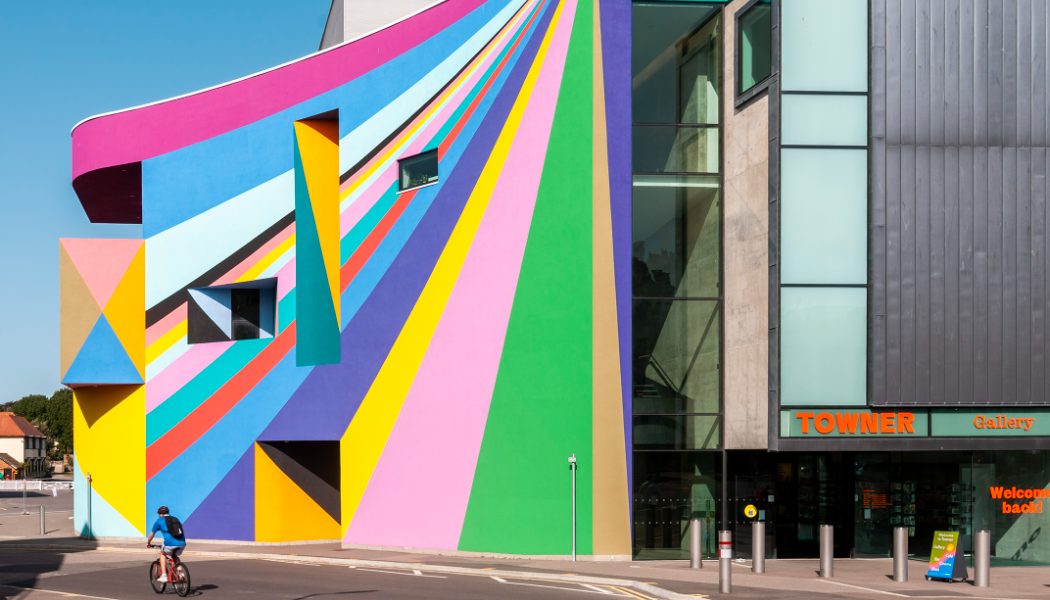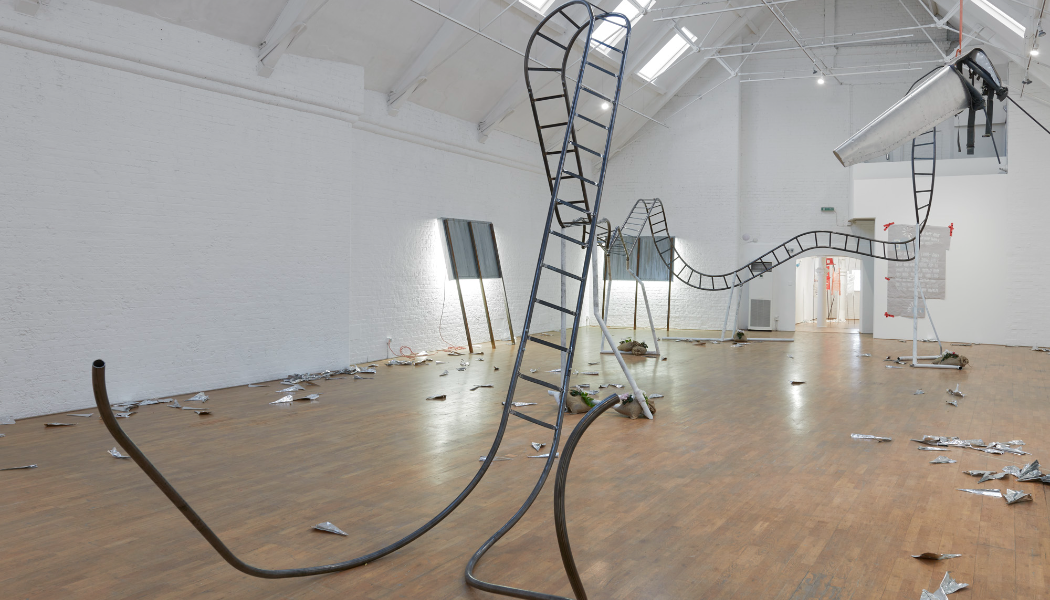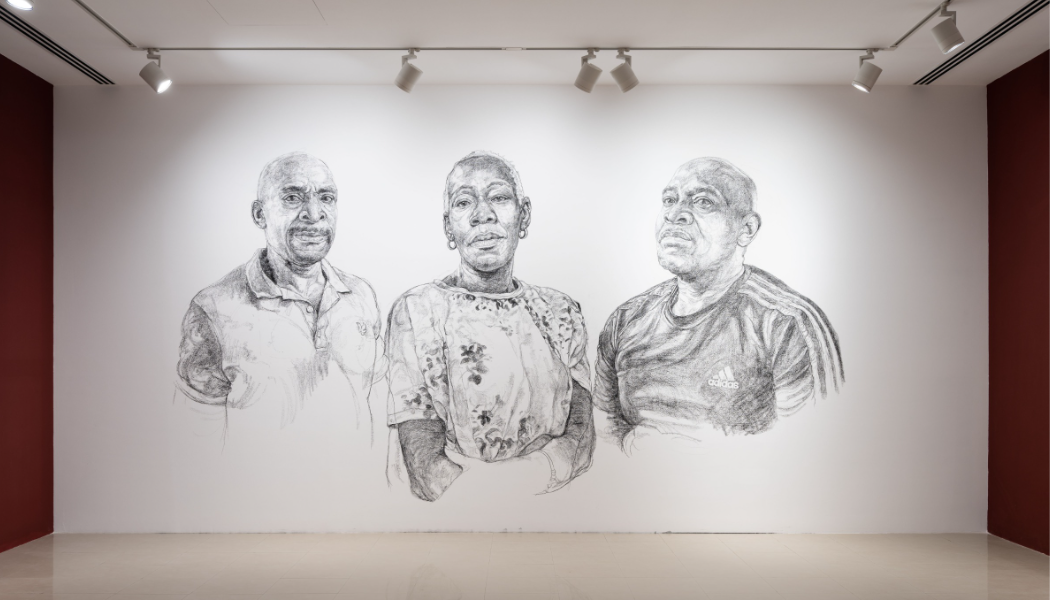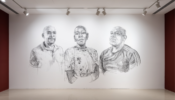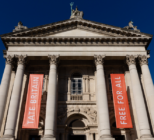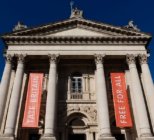Tate Britain has announced the four artists who have been shortlisted for the Turner Prize 2023.
Jesse Darling, Ghislaine Leung, Rory Pilgrim and Barbara Walker are in the running to pick up this year’s award of £25,000, while £10,000 will be awarded to the three remaining shortlisted artists.
An exhibition of the four artists’ work will be held at Towner Eastbourne art gallery in East Sussex, from 28 September 2023 to 14 April 2024 as the venue celebrates its centenary.
The winner will be announced on 5 December 2023 at an award ceremony in Eastbourne’s Winter Gardens.
Turner Prize 2023 is part of Towner 100, a year-long centenary celebration of arts and culture across Eastbourne on the southeast coast, which also includes a large-scale exhibition of Barbara Hepworth’s sculptures this spring, followed by the Turner Prize in the autumn.
Alex Farquharson, Director of Tate Britain and Chair of the Turner Prize jury said of the shortlisted artists: “each explore[s] the contrasts and contradictions of life, combining conceptual and political concerns with warmth, playfulness, sincerity and tenderness, and often celebrating individual identity and community strength. With such rich work to draw on, we can all look forward to an outstanding exhibition at Towner Eastbourne this autumn.”
Joe Hill, Director and CEO, Towner Eastbourne, added: “Together they are an incredibly strong set of exhibiting artists, who ask us to look at some of the most pertinent issues of today, and who will collectively bring a sense of place and community to our galleries, through their diverse range of practices, from film and performance to drawing and sculpture.”
Turner Prize 2023 shortlist
Jesse Darling
Nominated for his solo exhibitions No Medals, No Ribbons at Modern Art Oxford and Enclosures at Camden Art Centre. Darling’s work encompasses sculptures and installations which evoke the vulnerability of the human body and the precariousness of power structures. The jury was struck by Darling’s ability to manipulate materials in ways that skillfully express the messy reality of life. They felt that these exhibitions revealed the breadth and integrity of Darling’s practice, exposing the world’s underlying fragility and refusing to make oneself appear legible and functioning to others.
Ghislaine Leung
Nominated for her solo exhibition Fountains at Simian, Copenhagen. Leung’s work takes the form of ‘scores’ – sets of instructions which test the boundaries of the gallery space. Baby monitors, child safety gates, inflatable structures, toys, and water fountains are used to turn the exhibition structure on its head, asking questions about time, leisure, and labour. The jury particularly commended the warm, humorous, and transcendental qualities that lay behind the sleek aesthetic and conceptual nature of Leung’s work, as well as her commitment to challenging the way art is produced and circulated.
Rory Pilgrim
Nominated for the commission RAFTS at Serpentine and Barking Town Hall, and a live performance of the work at Cadogan Hall, London. Pilgrim’s work interweaves stories, poems, music and film, created in collaboration with local communities in the borough of Barking and Dagenham, to reflect on times of change and struggle during the pandemic. The jury praised the project as a standout example of social practice. They felt that Pilgrim’s beautiful and affecting musical arrangements gave light to their collaborators’ voices and that the confidence and vulnerability of the performance reflected the strength of the relationship between artist and community.
Barbara Walker
Nominated for her presentation entitled Burden of Proof at Sharjah Biennial 15. With a practice that interrogates past and present issues of racial identity, exclusion and power, Walker’s presentation explores the impact of the Windrush scandal, underlaying figurative drawn portraits with facsimiles of the documentation these individuals had to produce to prove their right to remain. The jury applauded Walker’s ability to use portraits of monumental scale to tell stories of a similarly monumental nature, whilst maintaining a profound tenderness and intimacy across the full scope of her work.

